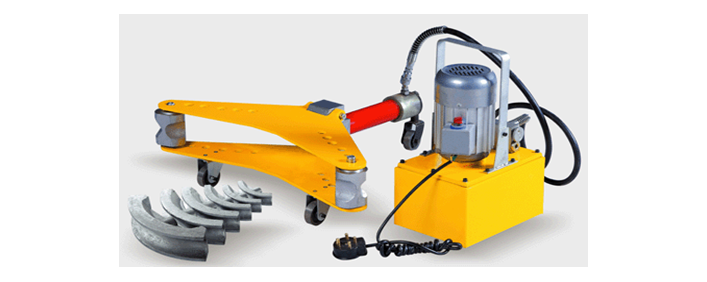All About Hydraulic Pipe Bending Machine
Whether you’re looking to buy a new hydraulic pipe bending machine or you’re reworking a hydraulic pipe bender you’ll need to have a clear understanding of the different components. Read on to learn about some of the most common tasks a pipe bender can be used for and the types of benders you’ll find on the market today.
What are the Common Tasks Where a Pipe Bender is Used?
Whether you are a professional or hobbyist, a pipe bender can make your work easier. However, you must understand how to use them properly to achieve the best results.
There are different types of pipe benders, ranging from general hand benders to heavy duty industrial machines. The best tool for your job depends on the type of pipe you need to bend. It should also be easy to use and able to do the job in a short amount of time.
If you’re new to pipe bending, you may not know exactly which bender is right for you. A good place to start is by learning the basics. You can then decide if you need to buy a specialized bender or if you can bend the pipe on your own.
One of the more common tasks where a pipe bender is useful is bending a thin tube. While a bent tube might look nice, it could damage the wires inside.
What are the Different Types of Pipe Benders?
Among the different types of pipes bending equipment, hydraulic pipe benders have a high degree of versatility. They can bend large, metal pipes to precise angles. They are also suitable for bending conduits and tubing. These machines are useful in various applications such as manufacturing and automotive repair. They can be used for bending metal, aluminium, steel, and iron pipes.
In addition to bending pipes, hydraulic pipe benders are also used for bending bars and other metal objects. They are also popular among tradesmen. They can be manually powered or they can be driven by a hydraulic pump. The hydraulic piston used in these machines generates a high degree of pressure on the pipe.
These benders can be used to bend large pipes or they can be operated manually. They are generally made for the electrical and plumbing industries. They can be used to bend metal pipes, aluminum pipes, and conduits. These machines are available in a variety of sizes.
Proper Mandrel for a Hydraulic Pipe Bender
Choosing the right mandrel for hydraulic pipe bender can ensure that the bending process is done properly. When using a mandrel, the tubing is supported inside the pipe, preventing the tubing from collapsing or flattening.
The material used to make mandrels depends on the requirements of the bending process. The material used to make mandrels can be made from different metals. For example, steel and aluminium alloys are commonly used for the construction of mandrels. Stainless steel and austenitic stainless steel are cold-bendable per ASME Code.
The diameter of the mandrel should be slightly larger than the diameter of the tube. A mandrel that is too small can cause wrinkling and damage to the tube. This is due to the fact that the tube is pushed over the mandrel.
There are several types of mandrels. The most common is the ball mandrel. It is a flexible tool that uses conjoined ball-like disks to form an additional support during bending.
Maintenance of a Hydraulic Pipe Bender
Using a hydraulic pipe bender can be a beneficial way to perform various pipe bends. However, it is important to check and maintain the machine on a regular basis in order to ensure its efficiency and safety.
When using a hydraulic pipe bender, it is important to maintain it in a clean and dry environment. It is also important to clean the interface between the pipe and the hydraulic system. This is so that there is no contaminant or sediment present in the oil.
Before starting up the pipe bender, the oil in the system must be drained and cleaned. It is important to use a low-viscosity lubricant. This type of oil will also minimize energy consumption. The temperature of the oil should be significantly cooler than that of the input side.
In Conclusion
A hydraulic pipe bender uses hydraulic pressure to bend metal pipes. The device is also commonly used in automotive repair. Besides bending, the pipe bender can also be used to perform bar bending and pipe fittings.
- Maintenance Tips for Vertical CNC Milling Machine in Iran’s Harsh Industrial Environment
- Market Potential for CNC Lathe Machines in South African Countries: Trends & Insights
- How Saudi Arabia’s Manufacturing Industry Rely on All Geared Radial Drilling Machines?
- Why All Geared Lathe Machines are Gaining Popularity in German Industry?
- Top Applications of Horizontal Boring Machines in Australian Manufacturing Industry
- The Growing Demand for All Geared Lathe Machines in Global Markets



